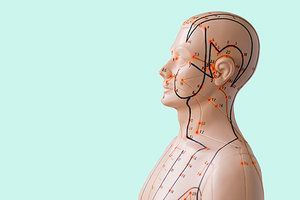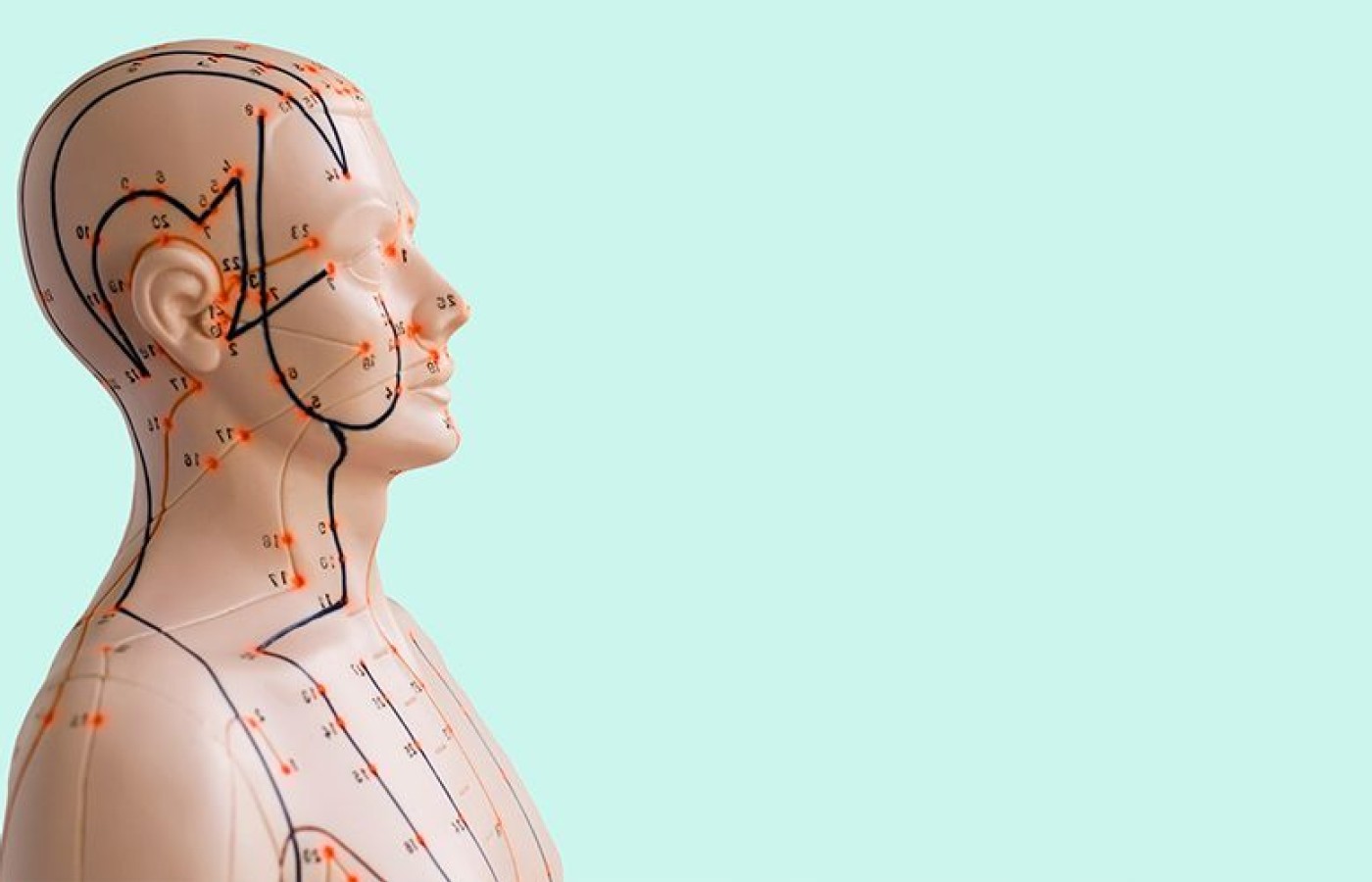Whether you accept it, avoid it or live somewhere in between, insurance coverage has become a defining issue for our profession. Patients increasingly expect to use their benefits, practitioners want to be compensated fairly for their time and expertise, and the system itself remains – at best – fragmented. The encouraging news is that coverage has expanded in meaningful ways. The challenging news is that reimbursement, across the board, remains inadequate.
Simultaneous Stimulation of Dual Acupoints
Simultaneous stimulation of dual acupoints (SSDA) is a combination of a variety of needling methods per my personal clinical preference. The key point is "simultaneous." Stimulations can be with or without needles.
Among the ancient acupuncture methods, acupuncture with multiple needles at one point includes bang (side) needling, qi (alike) needling and yang (upward) needling.1 Acupuncture at the same time with front and back two acupoints is ou (double needling) / yin-yang needling;1 with two points on the same meridian is dan (carrying) needling.2 In addition, bao (report) needling involves repeated needling after the needle has been withdrawn, plus searching and pressing with your / your assistant's hand.
The acupuncture method used to select points far away from the disease site is yuandao (long-distance) needling, and the acupuncture methods used to select acupoint on the opposite side of the disease site include ju (giant) needling and mu (reverse) needling.1 In Liu's scalp acupuncture classes, needling dual acupoints techniques were taught.*
Clinical Discovery

It took repetitive clinical applications to learn and relearn which technique worked for which clinical manifestation. In one treatment for a patient with neck pain, the tension of the scalene muscle was outstanding and hard to relieve. Due to the difficulty of acupuncture at the anatomical position of the scalene muscle, acupuncture needling was switched to finger needling with one hand; as well as needling and tapping with fingertips at the same time with the other hand along the gallbladder meridians around the ear.
In about one minute, the scalene muscle was completely released under the finger. The transverse cervical processes, which were not palpable before treatment, could be identified one by one. The patient said she felt like "jelly" after the treatment, with the tension and pain in the neck relieved with longer persistence.
After that, the same and similar cases were treated with the same method, resulting in the same effects and effectiveness. Here is a summary of the methods, based on thousands of clinical applications from my practice.
Problems Addressed
SSDA is primarily used for neck pain with high tension of deep muscles and surrounding soft tissues. Often the presentation is related to internal factors, such as long-term mental stress.
Clinical Benefits
- Relatively fast relief; faster-lasting effects than local treatment alone.
- Reduces the amount of needling in the focal area, avoids overstimulation, and limits the local soreness or discomfort as a post-treatment side effect.
Physical Exam Findings
Muscular palpation reviews the level of tenderness, moderate to severe. Pain, increased tension, trigger points or hypertonicity may be noted.
Most related meridians are yangming and shaoyang; most related muscles are scalene, sternocleidomastoid, splenius cervicis, and semispinalis cervicis.
Treatment Methods
- Focal point(s): Through palpation, a point or a muscle group that is tender to palpation with pain, increased tension, trigger points or hypertonicity in the neck is identified. The point or this muscle group is the focal point(s).
- Stimulation point(s): Through palpation, a sensitive point (or most likely points) in the temple area, along the shaoyang / yangming meridians, are identified as the stimulation points. If "mental factors" are involved, look for additional sensitive points around GV 23.
- Apply consistent pressure at the focal point with the most tension with the assistant's hand. While the pressure is applied, perform needling techniques at stimulation points (one point to three points to begin with, may extend along the related meridians), and continue until the tension at the focal point is relieved to a satisfactory level. This step may take 30 seconds to a couple of minutes.
- Once tension of the initial focal point is relieved, search for the next focal point and then repeat step #3 (above).
- Points to pay attention to: a) Needling techniques should be performed with consistency, even tonifying and even disbursement, based on the patient's comfort level and tolerance. b) Alternate between needling at stimulation points, tapping with fingertips or finger needling.
Other Applications
Simultaneous stimulation of dual acupoints has been applied to other conditions with some modifications. Most applicable conditions are pain related with increased muscle tension; the focal point(s) are where the pain or tension is, and the stimulation points are varied based on the condition. The rough summary of stimulation points below can be used as a reference:
- Upper back pain: GV 23, temporal
- Low back pain: top of the scalp; governor and taiyang meridians
- Unilateral limb pain: corresponding points in contralateral limb
- Headache: KI meridian, SP meridians in the ankle or sole of feet
Note: Needle manipulation, tapping with fingertips, finger needling and acupressure can be used interchangeably.
Take-Home Points
Why it works remains unknown. With SSDA, points stimulated at one time; often more than two or three. The stimulation time exceeds typical acupuncture needle insertion time to achieve tension reduction and pain relief. The simplest way to understand the effectiveness of SSDA is that the acupoint dosage and time dosage are higher than those of typical acupuncture.
Researchers have found that when�two sounds are played,�a single neuron can respond to one sound, then switch to�the second sound. The neuron's response appears to fluctuate between the two sounds. Sometimes the time the neurons takes to switch between two sounds is within a half second; in other cases the switch is slower. In addition, the same switching pattern is revealed when two faces are present.3
These findings may suggest what the brain must feel when more than one needling signal is present at a time with a limited set of pain- and tension-related neurons.
* The specific needling techniques learned from Liu's scalp acupuncture are limited to students in his class. This article is intended only to share my experiences.
References
- Wu J-N. On Governing the Needles. In: Ling Shu (Spiritual Pivot). Washington, D.C.: The Taoist Center, 1993;pp. 35-38.
- Fei D, et al. [New interpretation of Dan Jie method.] Gansu J TCM, 2010;23(1):34-35.
- Valeria C. et al. Single neurons may encode simultaneous stimuli by switching between activity patterns. Nature Comm, 2018;9(1):121-8.



